Discover the joys of growing Turtlehead plants in your garden or home. Learn about the unique features, ideal growing conditions, planting, and care requirements to help your turtlehead thrive. This comprehensive guide provides all the information you need to add this captivating plant to your landscape.
If you’re looking to add a touch of quirky charm to your garden or indoor space, the turtlehead plants might be just the thing you need. With its distinctive, hooded blooms that resemble the head of a turtle, this perennial plant is a true conversation starter.
But don’t let its whimsical appearance fool you – turtlehead plants are more than just a pretty face. They are versatile, hardy, and relatively easy to care for, making them a fantastic choice for both novice and experienced gardeners alike.
In this comprehensive guide, we’ll dive deep into the world of turtlehead plants, covering everything from their unique characteristics to the best practices for growing and maintaining them. Whether you’re planning to add turtlehead to your outdoor garden or cultivate it indoors, you’ll find all the information you need to help your plants thrive.
Understanding the Turtlehead Plant

Here’s a concise chart with information about Turtlehead Plant:
| Attribute | Information |
|---|---|
| Botanical Name | Chelone spp. |
| Plant Type | Perennial |
| Soil Type | Moist, well-draining |
| Color Varieties | Pink, white |
| Zones | 3-8 (depends on species) |
| Exposure | Full sun to partial shade |
| Bloom Time | Late summer to early fall |
| Height/Spread | 1-3 feet tall, spread up to 2 feet |
Turtlehead plants, scientifically known as Chelone, are a genus of perennial flowering plants native to North America. They belong to the Plantaginaceae family, which also includes other well-known plants like snapdragons and plantains.
The most common species of turtlehead is the white turtlehead (Chelone glabra), which features creamy-white, hooded blooms that resemble the head of a turtle. Other popular varieties include the pink turtlehead (Chelone lyonii) and the red turtlehead (Chelone obliqua).
Turtlehead plants are known for their late-summer to fall blooming period, adding a burst of color to gardens and landscapes when many other plants are starting to fade. Their unique flowers not only attract hummingbirds and butterflies but also make for stunning cut-flower arrangements.
Ideal Growing Conditions for Turtlehead Plants
To ensure your turtlehead plants thrive, it’s essential to provide them with the right growing conditions. Let’s explore the key factors to consider:
Light Requirements

Turtlehead plants prefer partial to full shade, meaning they do best in areas that receive 3 to 6 hours of direct sunlight per day, with the rest of the day being shaded. Too much direct sun can cause the leaves to scorch and the overall plant health to decline.
If you’re growing turtlehead plants indoors, place them in a spot that receives bright, indirect light, such as near a west- or east-facing window. Avoid direct sunlight, as it can be too intense for these plants.
Soil Requirements

Turtlehead plants thrive in moist, well-draining soil that is rich in organic matter. They prefer slightly acidic to neutral soil, with a pH range of 5.5 to 7.0.
Amend your soil by mixing in compost or aged manure to improve drainage and nutrient content. Turtlehead plants are not tolerant of heavy, clay-based soils that can become waterlogged.
Moisture and Humidity
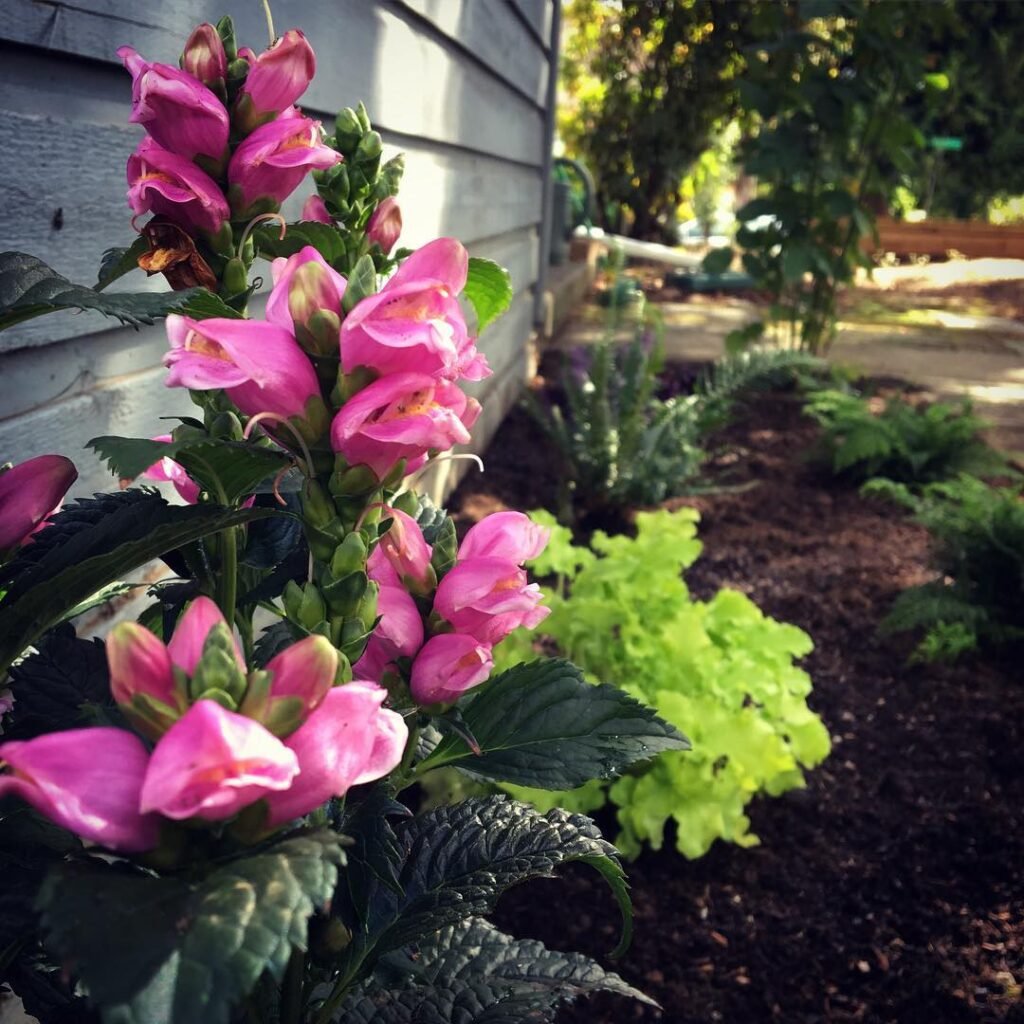
Turtlehead plants require consistently moist soil, but they don’t like to sit in standing water. Aim to keep the soil consistently damp, but not saturated.
In terms of humidity, turtlehead plants prefer moderate to high humidity levels. If you’re growing them indoors, consider using a pebble tray or a humidifier to help maintain the ideal humidity conditions.
Temperature Requirements
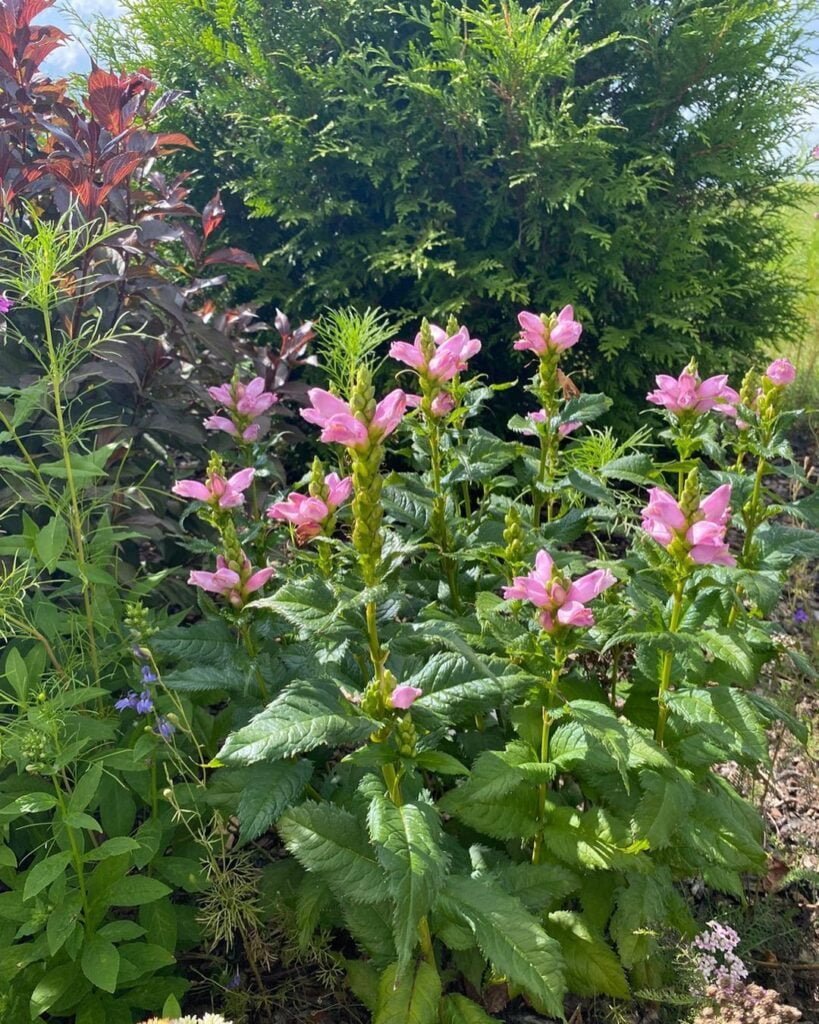
Turtlehead plants are hardy perennials that can tolerate a wide range of temperatures. They typically thrive in USDA Hardiness Zones 3-8, which cover much of the United States.
In their natural habitat, turtlehead plants experience cool to moderate temperatures, with daytime highs around 70°F to 80°F (21°C to 27°C) and nighttime lows around 50°F to 60°F (10°C to 16°C). Avoid exposing your turtlehead plants to extreme heat or cold, as this can stress the plants and inhibit their growth.
Planting and Propagating
Turtlehead Plants Whether you’re starting from seed, dividing an existing plant, or purchasing a nursery-grown turtlehead, there are a few key steps to ensure successful planting and propagation.
Planting Turtlehead Seeds

If you’re growing turtlehead plants from seed, the best time to sow them is in the spring or early summer. Sow the seeds in a well-draining seed-starting mix and keep the soil consistently moist until the seeds germinate, which can take 2 to 4 weeks.
Once the seedlings have developed their first set of true leaves, transplant them into individual pots or directly into your garden, spacing them about 18 to 24 inches apart. Be sure to harden off the plants by gradually exposing them to more sunlight and lower humidity before transplanting them outdoors.
Dividing and Transplanting Turtlehead Plants
Established turtlehead plants can be divided and transplanted in the spring or fall, when the plants are actively growing. This will help maintain their vigor and encourage new growth.
To divide a turtlehead plant, carefully dig up the entire plant, making sure to get as much of the root system as possible. Use a sharp, clean knife or garden shears to divide the plant into smaller sections, each with its own roots and foliage. Replant the divided sections in their new locations, spacing them about 18 to 24 inches apart.
Watering and Caring for Turtlehead Plants
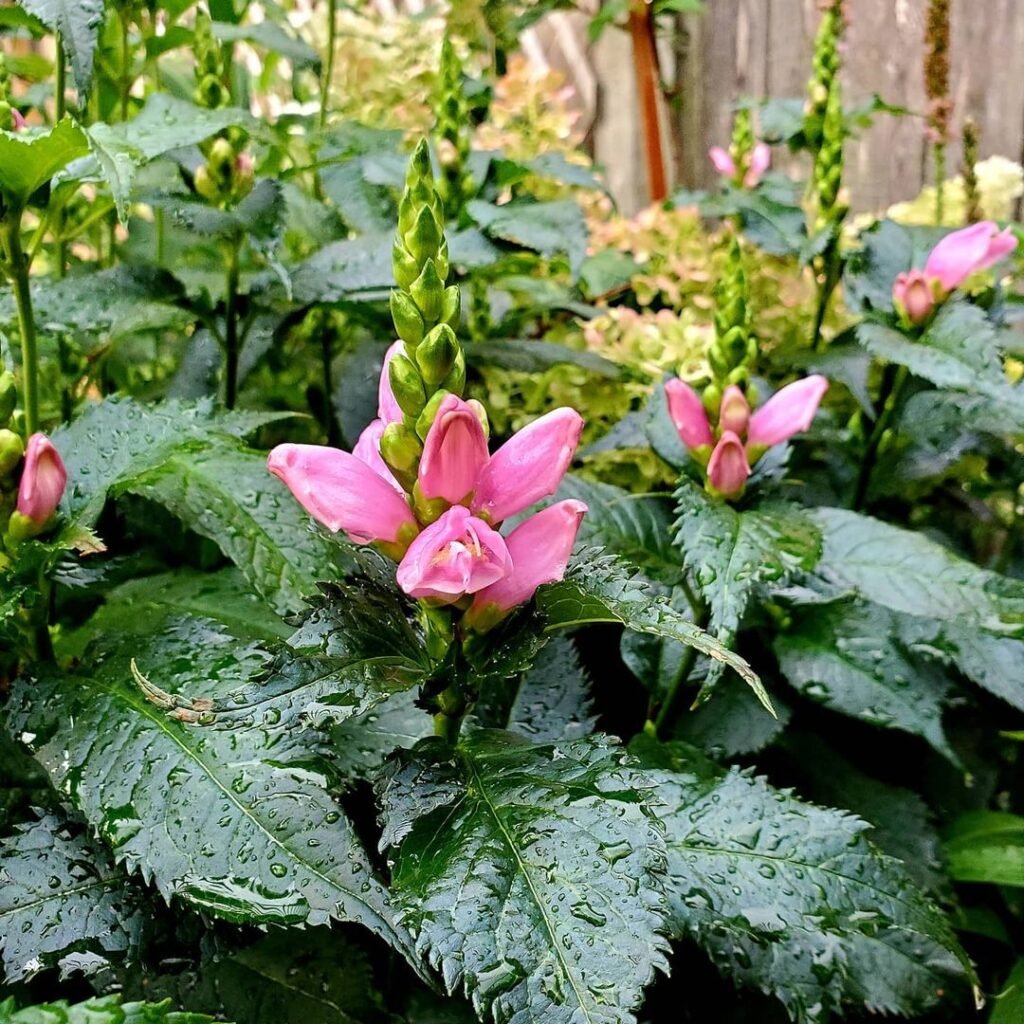
Proper watering and ongoing care are essential for the long-term health and success of your turtlehead plants. Here’s what you need to know:
Watering Requirements Turtlehead plants prefer consistently moist soil, but they don’t like to sit in standing water. Water your plants at least once a week, or more frequently during hot, dry weather, to keep the soil evenly moist but not waterlogged.
Be sure to check the soil moisture regularly by sticking your finger into the soil up to the second knuckle. If the soil feels dry, it’s time to water. Avoid letting the soil dry out completely, as this can stress the plants and inhibit their growth.
Mulching

Applying a 2-3 inch layer of organic mulch around the base of your turtlehead plants can help retain moisture, suppress weeds, and insulate the roots from temperature fluctuations.
Good mulching options include shredded bark, wood chips, or leaf litter. Avoid using thick, heavy mulches that can prevent air and water from reaching the roots.
Fertilizing
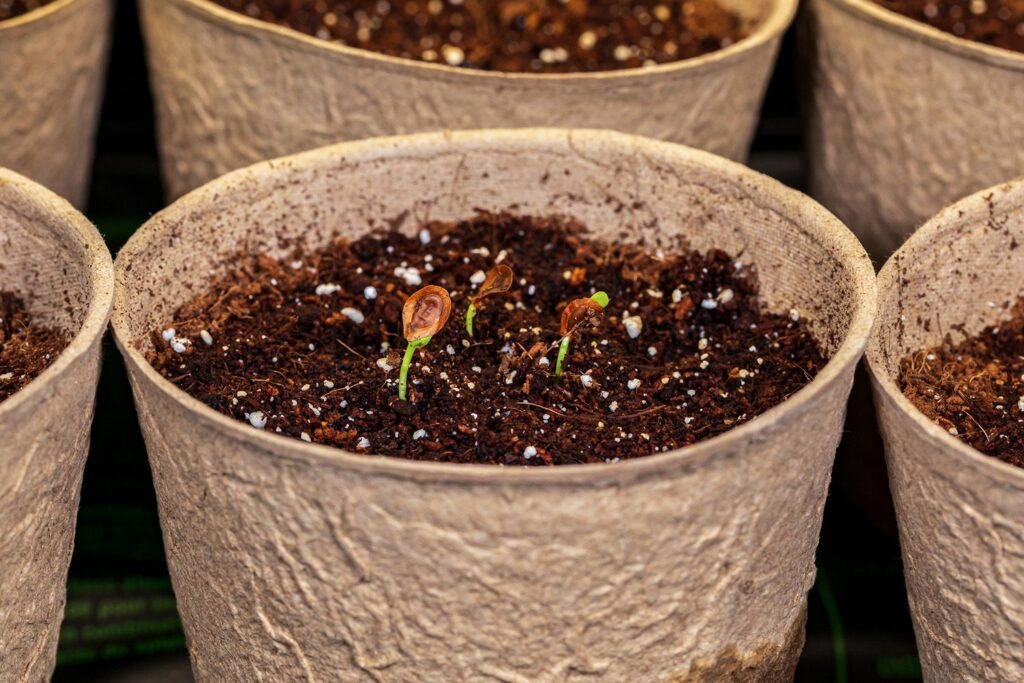
Turtlehead plants benefit from regular fertilization to support their growth and blooming. Use a balanced, water-soluble fertilizer every 4 to 6 weeks during the growing season, following the manufacturer’s instructions for application rates.
Alternatively, you can top-dress the soil around your turtlehead plants with a slow-release organic fertilizer or compost in the spring. This will provide a steady supply of nutrients throughout the growing season.
Deadheading and Pruning
To encourage continued blooming and maintain the overall appearance of your turtlehead plants, deadhead (remove spent flowers) regularly throughout the growing season. This will prevent the plant from putting energy into seed production and instead focus on producing new flowers.
In the fall or early spring, you can also prune back the foliage to about 6 inches above the ground. This will help keep the plants tidy and promote fresh, vigorous growth in the following season.
Overwintering Turtlehead Plants
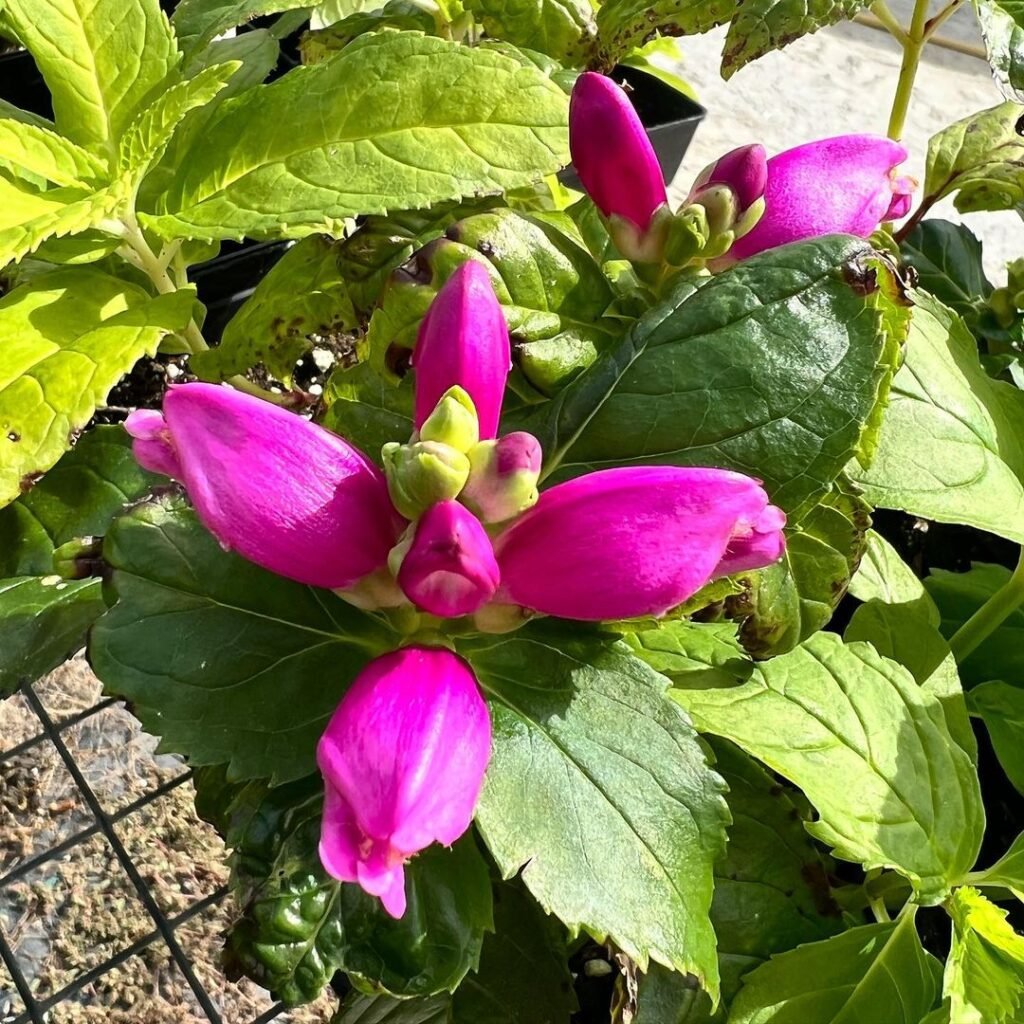
Turtlehead plants are generally hardy perennials that can survive the winter in USDA Hardiness Zones 3-8. However, they may require some additional care and protection during the colder months.
For outdoor turtlehead plants, apply a 2-3 inch layer of mulch around the base of the plants in the fall to insulate the roots and prevent heaving. You can also cover the plants with a thick layer of leaves or straw for added protection.
If you’re growing turtlehead plants in containers, move them to a protected area such as a garage or unheated shed during the winter. Reduce watering and allow the soil to dry out slightly between waterings to prevent rot.
In early spring, remove any winter protection and resume your regular watering and care routine to prepare the plants for the growing season.
Common Pests and Diseases
While turtlehead plants are generally quite hardy, they can still be susceptible to certain pests and diseases. Keep an eye out for the following issues and address them promptly:
Pests:

Diseases:

To address these issues, consider using organic pest control methods or fungicides labeled for use on turtlehead plants. Always follow the manufacturer’s instructions carefully.
Potential Uses and Benefits of Turtlehead Plants Beyond their stunning visual appeal, turtlehead plants offer several benefits and potential uses in the garden and beyond. Let’s explore a few of them:
Pollinator Attraction
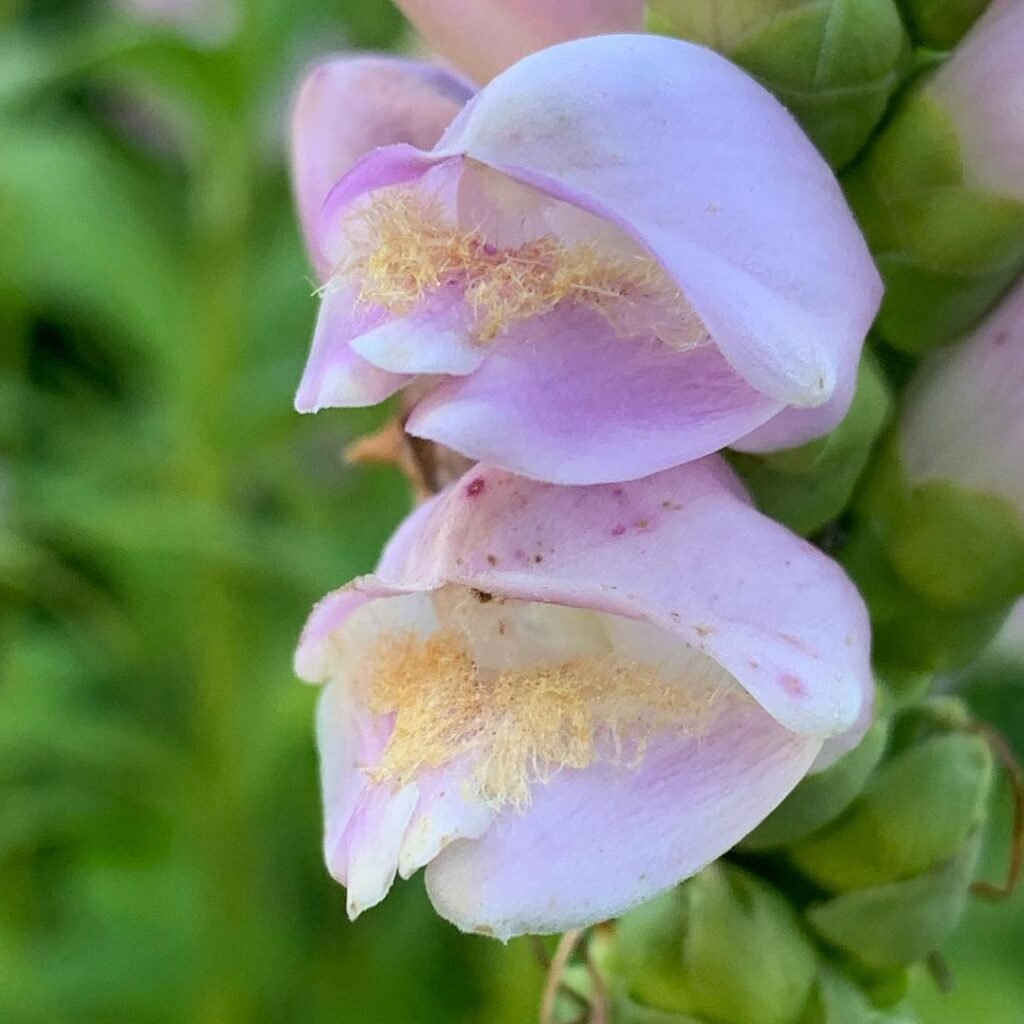
Turtlehead plants are attractive to a variety of pollinators, including hummingbirds, butterflies, and bees. Their nectar-rich blooms provide an important food source for these vital creatures, helping to support local pollinator populations.
If you’re looking to create a pollinator-friendly garden, turtlehead plants make an excellent addition, complementing other nectar-rich perennials and annuals.
Cut Flowers

The unique, hooded blooms of turtlehead plants make for beautiful and long-lasting cut flowers. They can be used in a variety of floral arrangements, both fresh and dried, adding a touch of quirky charm to bouquets and centerpieces.
If you plan to grow turtlehead plants for cut flowers, be sure to deadhead the spent blooms regularly to encourage more flower production throughout the season. When harvesting the flowers, cut the stems in the morning and place them in water immediately to help them last longer.
Medicinal and Herbal
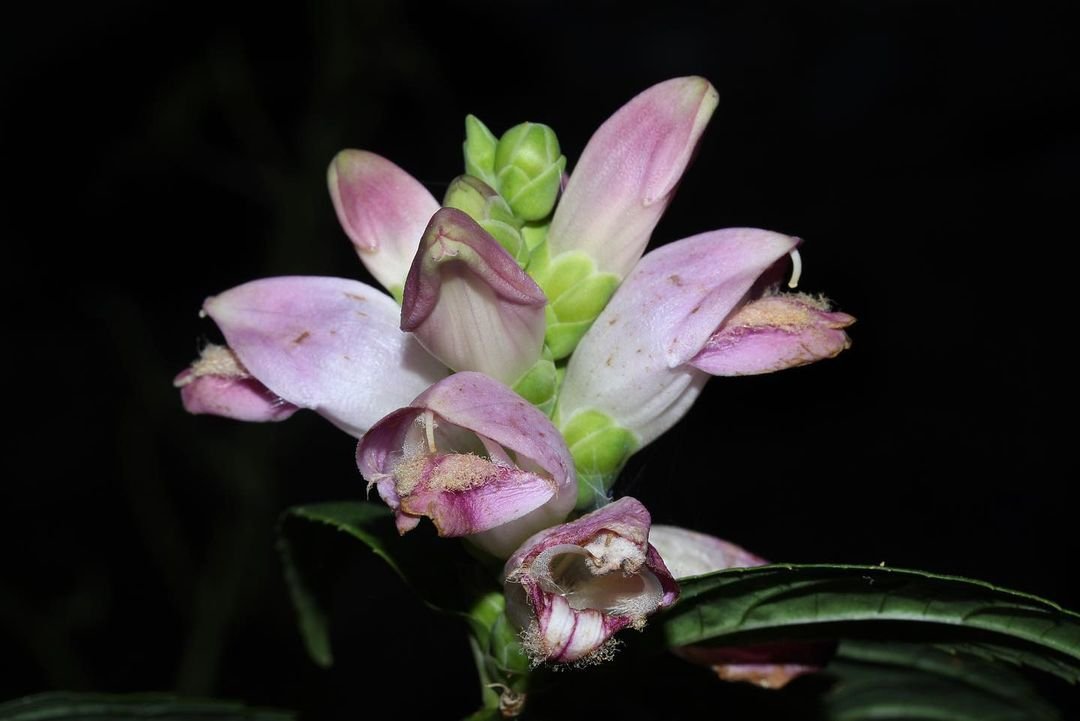
Uses In addition to their ornamental value, turtlehead plants have a history of medicinal and herbal uses. The leaves and flowers have been used in traditional Native American remedies to treat various ailments, such as respiratory issues, digestive problems, and skin conditions.
While the medicinal properties of turtlehead plants are not as widely researched as some other herbs, they continue to be of interest to herbalists and natural medicine practitioners. However, it’s important to consult with a healthcare professional before using any part of the turtlehead plant for medicinal purposes.
Landscaping and Garden Design
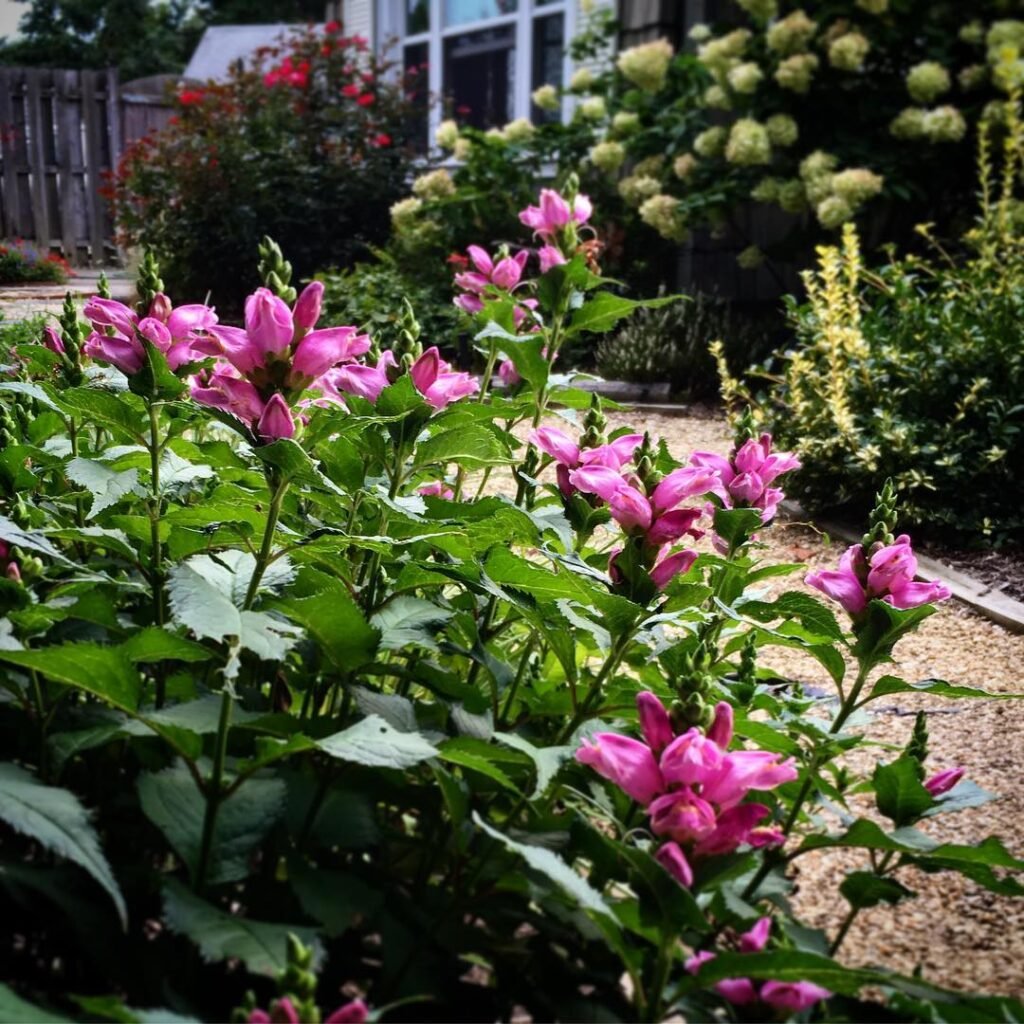
Turtlehead plants can be a valuable addition to a variety of garden styles and landscapes. Their late-summer to fall blooming period makes them a great choice for adding color and interest to the garden when many other plants are starting to fade.
Turtlehead plants work well in shaded or partially shaded areas, such as woodland gardens, shade gardens, or rain gardens. Their upright, clumping growth habit also makes them a nice addition to perennial borders or mixed beds.
When incorporating turtlehead plants into your garden design, consider pairing them with other shade-loving perennials, such as ferns, hostas, or astilbes. The contrasting textures and bloom times can create a visually striking and harmonious display.
Cultivars and Varieties of Turtlehead Plants

While the common white turtlehead (Chelone glabra) is the most well-known variety, there are several other cultivars and species of turtlehead plants that offer unique features and color variations:
Pink Turtlehead (Chelone lyonii): This variety features vibrant, pink-purple flowers that bloom in late summer and fall.
Red Turtlehead (Chelone obliqua): As the name suggests, this turtlehead variety boasts deep red, hooded flowers that add a bold pop of color to the garden.
Bradbury’s Turtlehead (Chelone bradburii): This cultivar has slightly smaller, pale pink to white flowers and a more compact, bushy growth habit.
Hot Lips Turtlehead (Chelone ‘Hot Lips’): A hybrid variety with deep pink, almost red, blooms that stand out in the garden.
When selecting turtlehead plants for your garden, consider the color, size, and growth habit that will best suit your landscape and personal preferences. Experiment with different varieties to add unique visual interest and diversity to your outdoor space.
Incorporating Turtlehead Plants into Your Garden
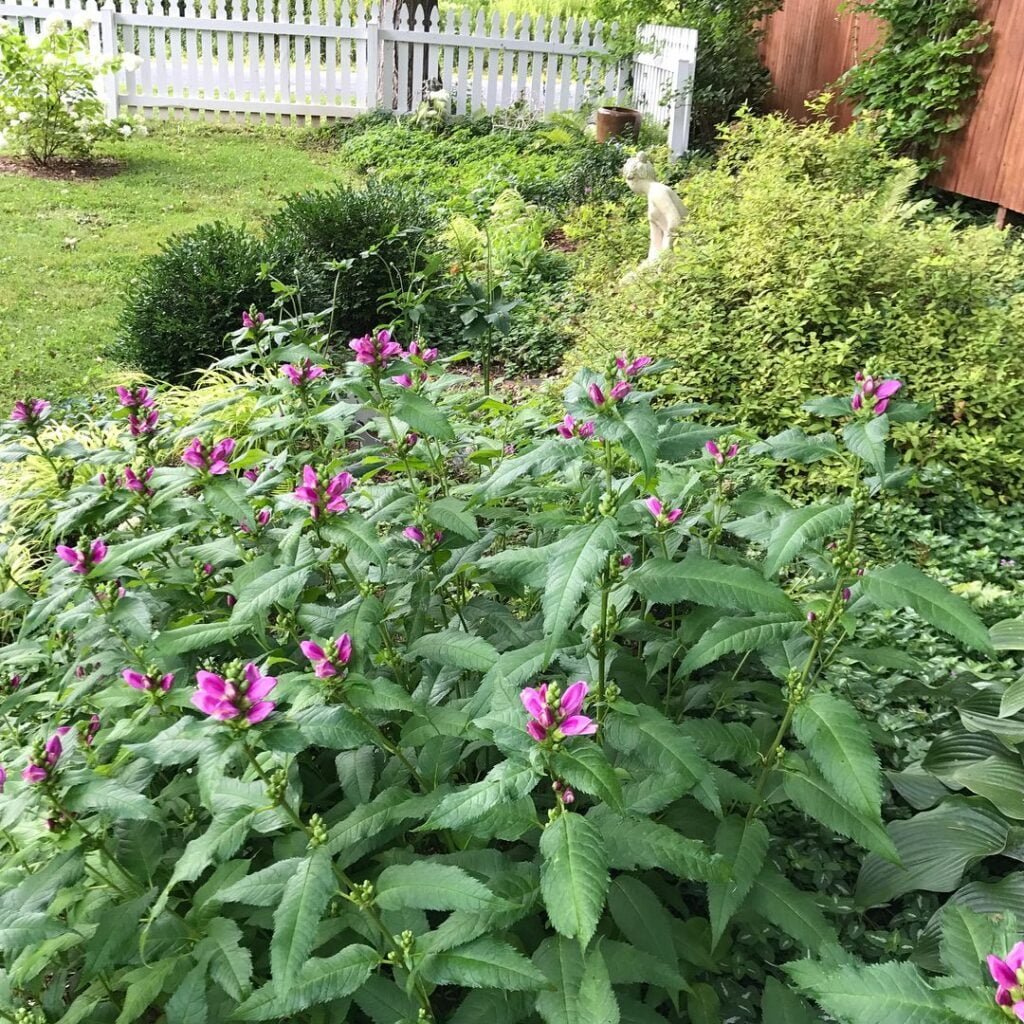
Whether you’re a seasoned gardener or just starting to explore the world of perennials, turtlehead plants offer a delightful and rewarding addition to any landscape. Their low-maintenance requirements, pollinator-friendly benefits, and striking visual appeal make them a versatile choice for a wide range of garden styles and settings.
As you embark on your turtlehead growing journey, remember to provide the right growing conditions, care for your plants diligently, and experiment with different cultivars to find the ones that truly captivate you. With a little patience and attention, you’ll be rewarded with a stunning display of these unique and charming blooms year after year.
So, what are you waiting for? Go forth and tame the turtlehead – your garden is about to get a whole lot more interesting!